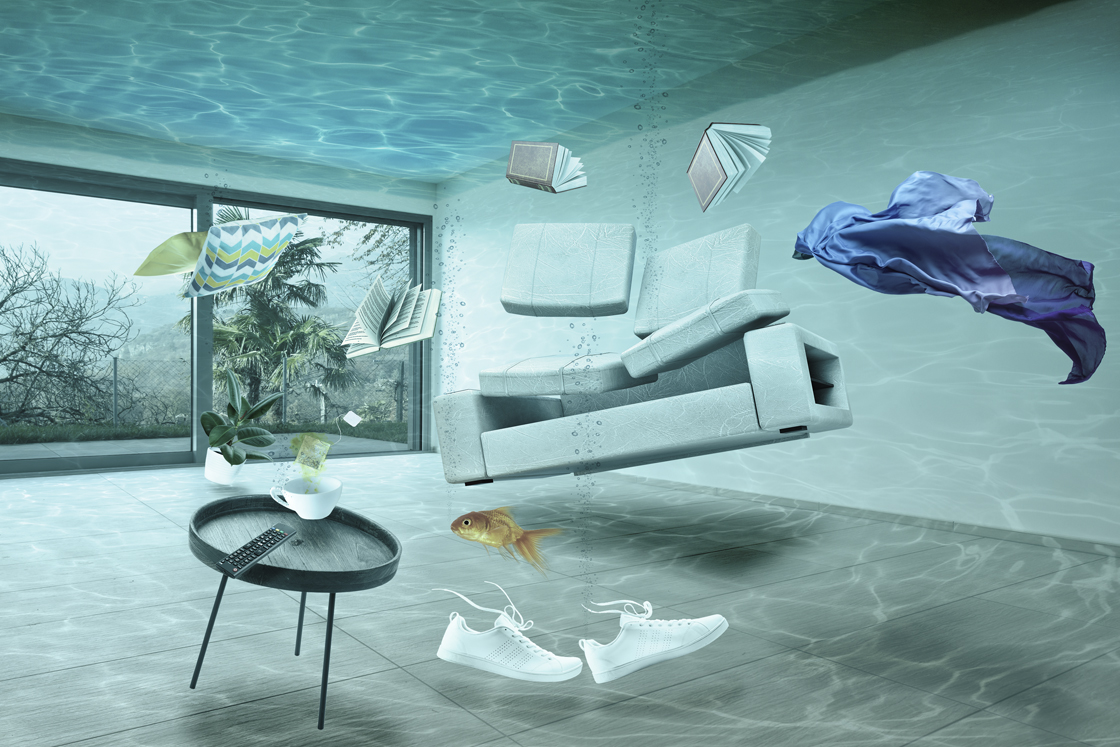Just how to Examine If Your Home Has a Covert Leak
Just how to Examine If Your Home Has a Covert Leak
Blog Article
The author is making a few good points on the subject of Hacks to detect leaks as a whole in this post following next.

The minute you locate a leak, calling your plumber for repairs is the very best option. Nevertheless, some small water leaks may not be visible. If you can not spot it with your nude eyes, here are some hacks that aid.
Early detection of dripping water lines can mitigate a potential disaster. Aside from conserving you cash, it will minimize the worry and frustration.
Inspect Water Usage
If you identify abrupt adjustments, in spite of your usage being the very same, it means that you have leaks in your plumbing system. An abrupt spike in your costs indicates a fast-moving leakage.
On the other hand, a steady rise monthly, despite the same routines, reveals you have a slow-moving leak that's additionally slowly intensifying. Call a plumber to completely check your residential or commercial property, specifically if you feel a cozy location on your floor with piping underneath.
Analyze the situation as well as inspect
Home owners ought to make it a habit to examine under the sink counters and also even inside cabinets for any kind of bad odor or mold growth. These two red flags show a leakage so timely focus is required. Doing routine assessments, also bi-annually, can save you from a major trouble.
Examine the Water Meter
Every house has a water meter. Checking it is a proven way that assists you discover leakages. For beginners, switch off all the water sources. Make certain nobody will purge, utilize the faucet, shower, run the cleaning machine or dish washer. From there, go to the meter as well as watch if it will change. Given that no person is utilizing it, there ought to be no motions. If it relocates, that shows a fast-moving leak. Also, if you detect no changes, wait a hr or 2 and also inspect back once again. This indicates you may have a slow leakage that might also be underground.
Asses Outside Lines
Do not forget to check your outside water lines too. Examination faucets by affixing a garden hose. Needs to water leak out of the connection, you have a loose rubber gasket. Change this and make sure all links are limited. If you've got an automatic sprinkler, it will certainly help get it professionally checked out as well as kept every year. One little leakage can squander lots of water and increase your water bill.
Do a Food Coloring Examination
When it comes to water usage, 30% comes from bathrooms. If the color somehow infiltrates your dish during that time without flushing, there's a leakage in between the storage tank as well as bowl.
Inspect for discolorations and weakening as a lot of appliances and pipelines have a life span. If you suspect dripping water lines in your plumbing system, don't wait for it to intensify.
The moment you locate a leak, calling your plumber for repairs is the best option. Some little water leaks may not be noticeable. Inspecting it is a guaranteed method that helps you find leaks. One tiny leak can squander bunches of water and increase your water expense.
If you believe dripping water lines in your plumbing system, don't wait for it to escalate.
WARNING SIGNS OF WATER LEAKAGE BEHIND THE WALL
PERSISTENT MUSTY ODORS
As water slowly drips from a leaky pipe inside the wall, flooring and sheetrock stay damp and develop an odor similar to wet cardboard. It generates a musty smell that can help you find hidden leaks.
MOLD IN UNUSUAL AREAS
Mold usually grows in wet areas like kitchens, baths and laundry rooms. If you spot the stuff on walls or baseboards in other rooms of the house, it’s a good indicator of undetected water leaks.
STAINS THAT GROW
When mold thrives around a leaky pipe, it sometimes takes hold on the inside surface of the affected wall. A growing stain on otherwise clean sheetrock is often your sign of a hidden plumbing problem.
PEELING OR BUBBLING WALLPAPER / PAINT
This clue is easy to miss in rooms that don’t get much use. When you see wallpaper separating along seams or paint bubbling or flaking off the wall, blame sheetrock that stays wet because of an undetected leak.
BUCKLED CEILINGS AND STAINED FLOORS
If ceilings or floors in bathrooms, kitchens or laundry areas develop structural problems, don’t rule out constant damp inside the walls. Wet sheetrock can affect adjacent framing, flooring and ceilings.
https://www.servicemasterbyzaba.com/blog/how-to-detect-water-leakage-in-walls/

Do you like reading up on Hacks to detect leaks? Try leaving feedback down the page. We will be delighted to see your responses about this write up. In hopes that you come back again before long. Are you aware of somebody else who is in to the niche? Do not hesitate to share it. We appreciate reading our article about Hacks to detect leaks.
Report this page